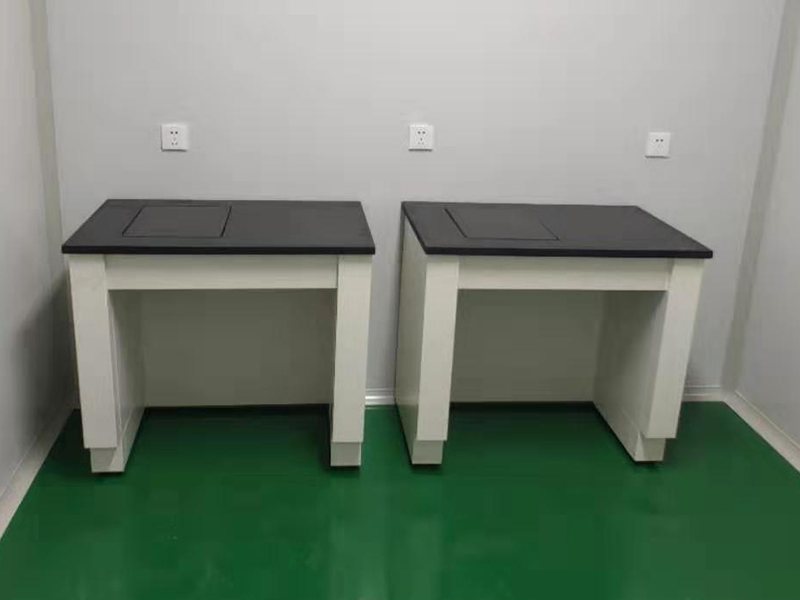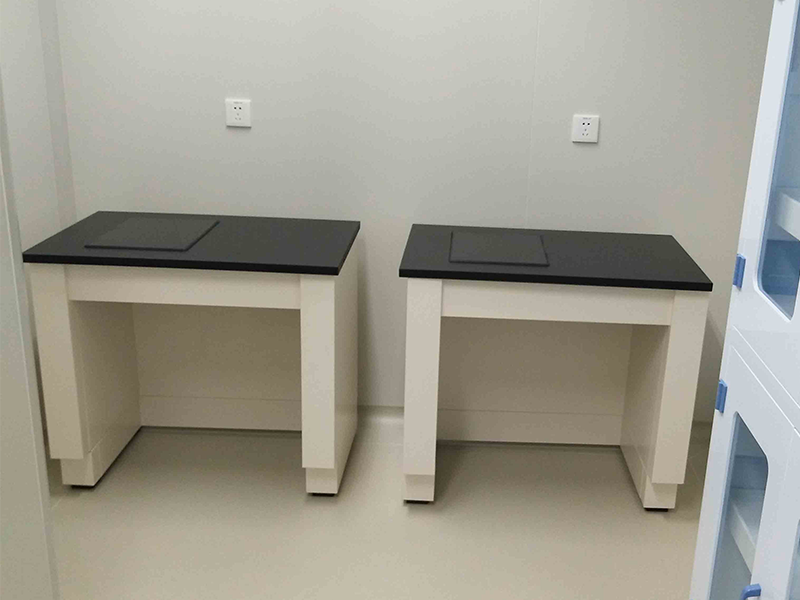Alright, let’s talk balance benches. If you’ve ever tried weighing something on a table that rocks even a little (seriously, who hasn’t?), you already know what a nightmare that is. Messes with your data, messes with your sanity. So step one: don’t just plop that balance down anywhere and call it good.
First, scout your lab for a spot that feels kinda zen—think chill, no blazing sunlight, and preferably not next to whatever machine sounds like it’s chewing rocks. Vibration is the enemy here. Even footsteps or somebody dropping a clipboard can nudge your measurements way off. Find a solid floor—nobody wants their bench to slowly tilt like a bad carnival ride—and make sure it can actually hold up the weight before you start stacking expensive gear.

When you’re setting up, grab those adjustable feet (they’re always hiding somewhere, right?). Make the thing level. Don’t just eyeball it. Little tilts turn into big problems—precision balances are, honestly, dramatic divas. Bonus points if your bench has a granite or stone top—that old-school anti-vibration magic really works. Keeps the micro-quakes from spoiling your results. And you’ll dodge weird calibration headaches later.
Don’t half-ass the electricals, either. Plug your balance into a circuit that’s not overloaded with other hungry gadgets. Power weirdness = flaky readings. Nobody needs that. If cables are sprawled everywhere, invest in some cable management. (Trust me; tripping over your own wires is not a good look.) Oh, and if static is a big thing in your lab? Ground the station. Static plus balances equals chaos.

Once everything’s set, don’t just ghost the bench. Give it a periodic check—level, stability, clean off the gunk. Schedules for calibration and pro tune-ups aren’t optional, especially if you’re after crazy-precise data.
Bottom line: getting serious with your lab balance bench isn’t just plopping down hardware—it’s about making a precision-friendly oasis in a chaotic world. Set it up right, love it a little, and your experiments will thank you. Or at least, you’ll spend less time yelling at a blinking error light.


